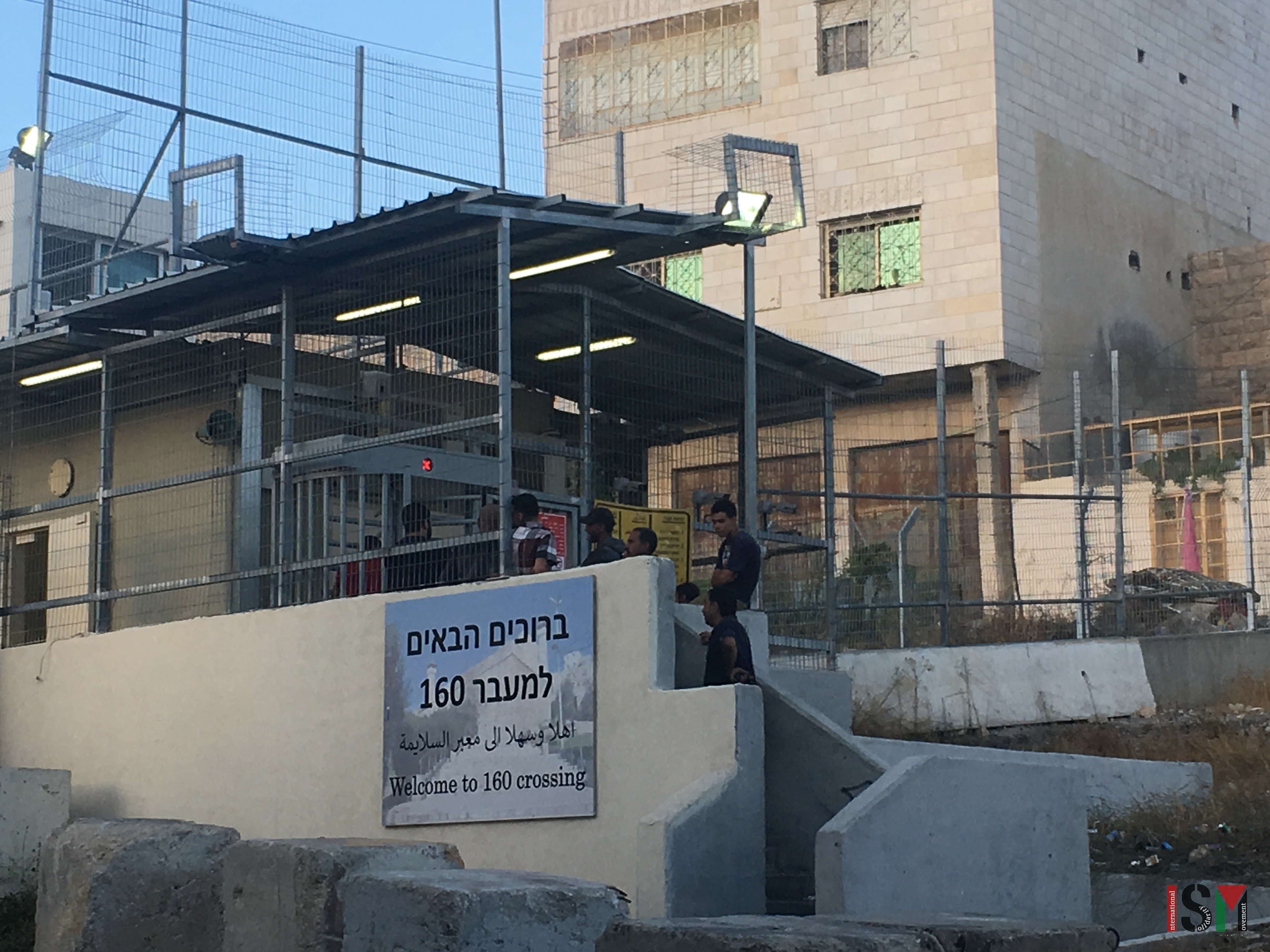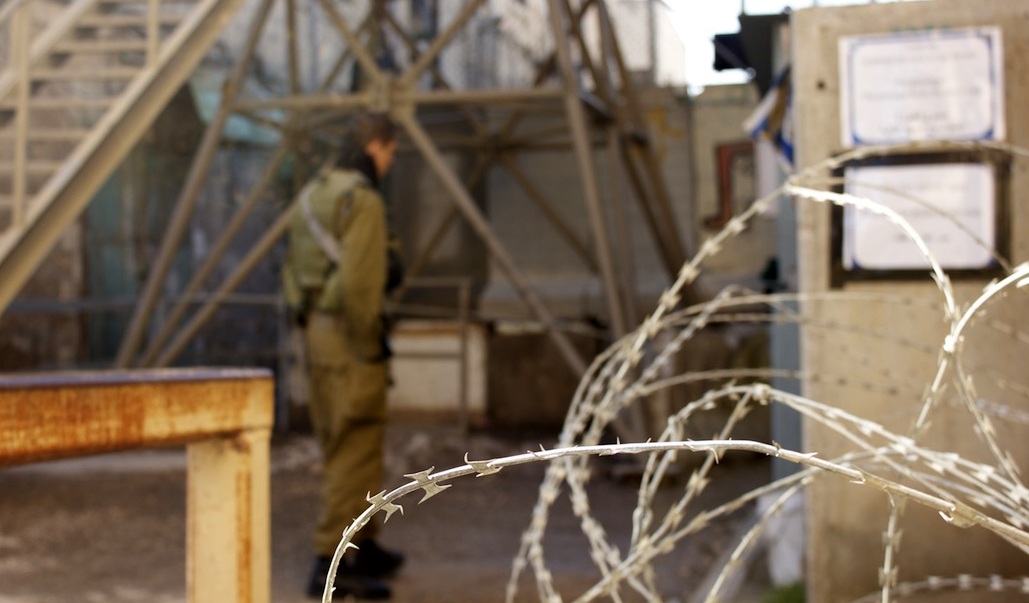Tag: Checkpoint 56
-
Waiting at a checkpoint
An ISM activist writes about her experiences volunteering in Hebron (Al Khalil) during Netanyahu’s visit to the city.
-
Israeli forces return to dehumanizing number system in wake of Hebron killings
26th March 2016 | International Solidarity Movement, al-Khalil team | Hebron, West Bank, occupied Palestine After completely closing Shuhada checkpoint to Palestinians in occupied al-Khalil (Hebron) on Thursday, 24th March 2016, Israeli forces have now returned to the practice of ‘numbering’ Palestinian residents in order to restrict access to the adjacent neighborhoods. Soldiers are now…
-
Photo Story: A checkpoint in Hebron
14th January 2015 | International Solidarity Movement, Khalil team | Hebron, Occupied Palestine Checkpoints are numerous and inescapable in the H2 area of al-Khalil (Hebron), where thousands of soldiers guard around 600 Israeli zionist settlers occupying heavily militarised settlement enclaves in the heart of the most populous Palestinian city in the West Bank. The Israeli military imposes…



